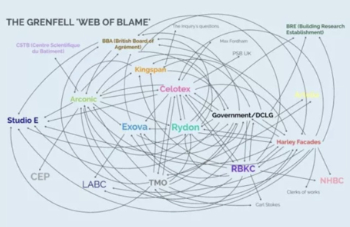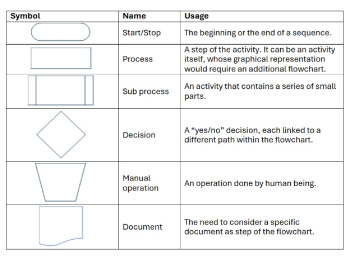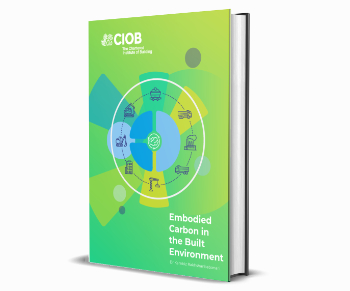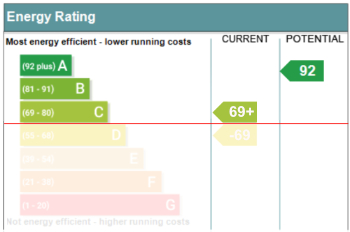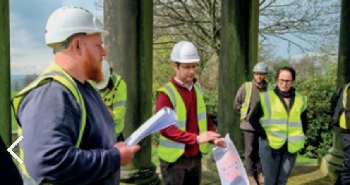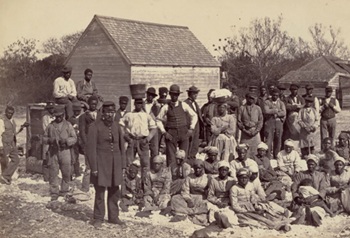How the Home Energy Model will be different from SAP
The Home Energy Model, or HEM, is to be introduced in the UK to replace the Standard Assessment Procedure (SAP), which is currently used to demonstrate that new homes comply with Part L of the Building Regulations and to produce EPC's. HEM is in many respects a much more accurate and detailed modelling tool and has been for a long time under development with a continuing industry consultations and is intended to be implemented alongside the Future Homes Standard (FHS) in 2025.
The Future Homes Standard (FHS) applies more stringent efficiency targets to new homes to reduce carbon emissions. The FHS will aim to improve heating and hot water systems, reduce heat waste, require new homes to be more energy efficient than those built under 2013 standards, reduce carbon emissions from new homes by 75-80%, make new homes "zero-carbon ready", use low-carbon heating and other renewable energy sources. In a similar way to other tools it will look at the dwelling primary energy rate, fabric efficiency and emissions rate. It is in effect the next iteration of Part L of the Building Regulations, also impact other parts of the Approved Documents such as Part F (ventilation).
The HEM, along with SAP (10.2) are building energy models which are tools to help model, with reference to building physics, how buildings perform under a set of variables, usually modelling energy balances and thus giving estimates or indications of potential energy consumption. Other building energy models, include PHPP which is specifically used to comply with the Passivhaus standard and ESP-r, which was a research based and now open source building modelling tool. In some ways these have been considered more specialist tools, whilst SAP is the standard tool required to evidence compliance with Building Regulations for dwellings.
SAP and its non-domestic partner SBEM might be considered as simpler tools, and perhaps intended intitially as a result to be more accessible. However its replacement which is still under consultation and development (HEM) is in many ways aiming to achieve some of the high accuracy functions of tools such as ESP-r, whilst retaining some simplicity through the use of wrappers. These different tools have a wide variation in capability, complexity and function, and as part of the consultation and validation process in the development of HEM the Department for Energy, Security and Net-Zero carried out an "Inter-Model Comparison Summary Report", the full report can be found here whilst the extracted table below shows a brief comparison of the various tools.
To manage the broad range of data points or inputs that will be covered by the HEM, it is likely that the model will have to use a number of assumptions rather than inputting individual data for each project. These assumptions may range in relation to the purpose of the assessment, the occupancy patterns, localised weather patterns, links to other building standards, white goods, air tightness, ventilation, and so on. It is intended that these data points and assumptions, which may also expand with time, are simplified and included via assessment wrappers. The model is intended to be flexible enough to account for and allow for adjustments based on specific buildings while being simple enough to be workable.
| ESP-r | PHPP | SAP 10.2 | HEM | |
| Thermal zones | Multiple, unrestricted | Single zone | Multiple – restricted to living and non-living zones | Multiple, unrestricted. however the FHS assessment will be restricted to a living and non-living zone only. |
| Simulation type | Dynamic | Steady state | Steady state | Steady state |
| Simulation timestep | High resolution (i.e. half-hourly or less). | Monthly | Monthly | High resolution (down to half-hourly). |
| Simulation areas | Building physics, system performance of PV array (but not heating systems etc). | Building physics and system performance of various services. | Building physics and system performance of various services. | Building physics and system performance of various services. |
| Validation | Demonstrated to have good accuracy vs field test data. Comparable to other detailed simulations tools when subject to the Building Energy Simulation Test (BESTEST) and other empirical trials. | Has demonstrated accurate simulation space heating demand and annual energy use of high- performance dwellings in field |
The current calculation method for Part L compliance and EPC ratings. It is not regarded to provide accurate simulation of |
N/A – new model |
| Role | Comparator model for dynamic calculations of zonal operative temperature, solar energy, and |
Comparator model for monthly space heating demand, elemental energy flux and annual energy use and demand. |
Reference model to demonstrate the step change expected for compliance modelling under the FHS. |
N/A |
Table 1 Summary of the modelling packages applied in this inter-model validation study. (Extract from "Inter-Model Comparison Summary Report - Home Energy Model Validation" December 2023.
[edit] Related articles on Designing buildings
- Air permeability testing.
- Air tightness.
- Applying Fabric First principles: Complying with UK energy efficiency requirements FB 80.
- Approved building energy calculation software.
- Approved documents.
- Building Regulations.
- Building Research Establishment.
- Changes in SAP 10.
- Co-heating test.
- Conventions for U-value calculations (2006 edition) BR 443.
- Dynamic Simulation Model.
- Emission rates.
- Energy efficiency of traditional buildings.
- Energy Performance Certificates.
- Energy Performance of Buildings Directive.
- The Home Energy Model and Future Homes Standard assessment wrapper.
- IHBC responds to Energy Company Obligation ECO4 and PAS 2035.
- National Calculation Method.
- Passivhaus vs SAP.
- Standard Assessment Procedure SAP.
- Simplified Building Energy Model.
- Target fabric energy efficiency rate.
- Thermal dynamic analysis.
- U-value conventions in practice: Worked examples using BR 443.
[edit] External links
Featured articles and news
NFCC publishes Industry White Paper on Remediation
Calling for a coordinated approach and cross-departmental Construction Skills Strategy to manage workforce development.
'who blames whom and for what, and there are three reasons for doing that: legal , cultural and moral"
How the Home Energy Model will be different from SAP
Comparing different building energy models.
Mapping approaches for standardisation.
UK Construction contract spending up at the start of 2025
New construction orders increase by 69 percent on December.
Preparing for the future: how specifiers can lead the way
As the construction industry prepares for the updated home and building efficiency standards.
Embodied Carbon in the Built Environment
A practical guide for built environment professionals.
Updating the minimum energy efficiency standards
Background and key points to the current consultation.
Heritage building skills and live-site training.
Shortage of high-quality data threatening the AI boom
And other fundamental issues highlighted by the Open Data Institute.
Data centres top the list of growth opportunities
In robust, yet heterogenous world BACS market.
Increased funding for BSR announced
Within plans for next generation of new towns.
New Towns Taskforce interim policy statement
With initial reactions to the 6 month policy update.
Heritage, industry and slavery
Interpretation must tell the story accurately.
PM announces Building safety and fire move to MHCLG
Following recommendations of the Grenfell Inquiry report.
Conserving the ruins of a great Elizabethan country house.








